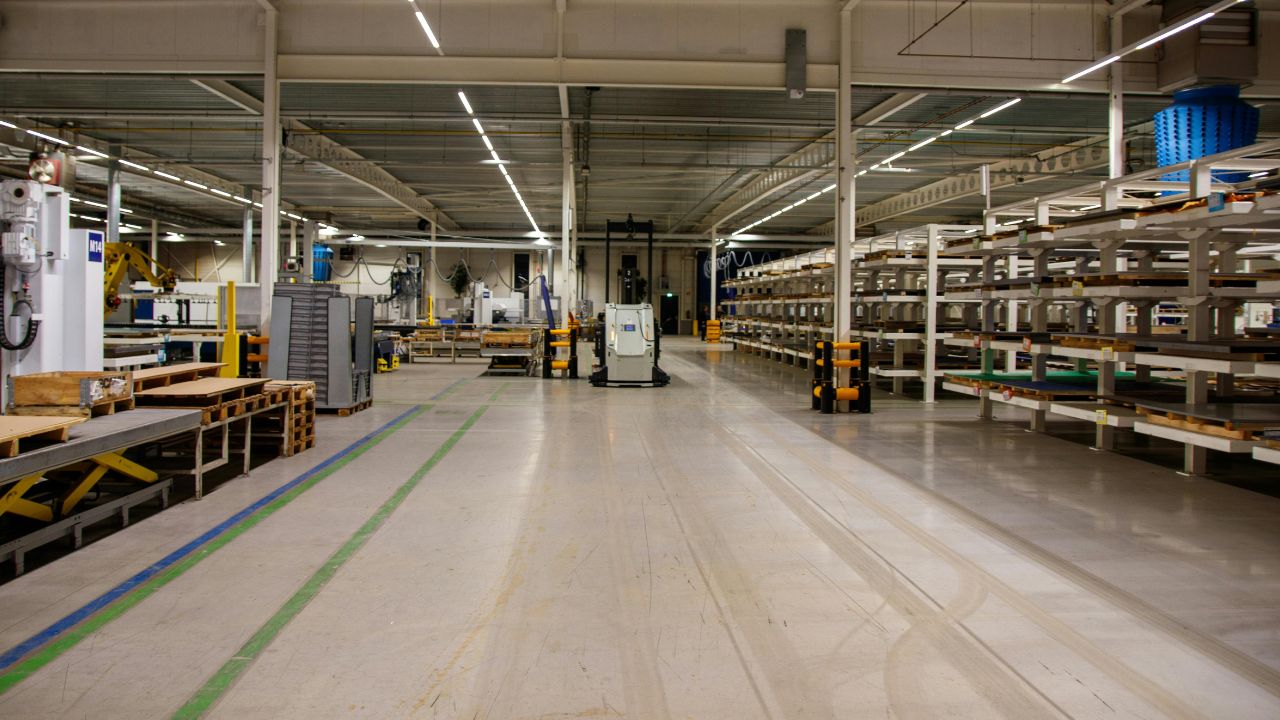Modern Tools for Arena Management Success
Late one Friday evening, just as doors opened for a sold-out basketball game, a regional arena’s lighting control system failed. The staff scrambled. Calls flew between facility operators, contractors, and equipment vendors. The cause? A blown relay in an outdated control panel. Had that system been tied into a modern, integrated dashboard, the fault would’ve shown up well before fans filled the concourse. Instead, the fix came at halftime.
That scenario plays out more often than many realize. Equipment failures, scheduling conflicts, security oversights—every hour of arena downtime or disorganization translates into lost revenue and unhappy patrons. The difference now is that facility teams have access to tools that catch and correct these issues ahead of time.
Integrated Building Management Systems Are No Longer Optional
Arena managers used to juggle multiple interfaces—lighting on one system, HVAC on another, and fire alarms completely separate. That setup drains time and invites mistakes. Today, many facilities are shifting to integrated platforms. These systems consolidate building functions under a single dashboard, giving managers real-time access to status updates, alerts, and controls.
The value shows up immediately:
- One software suite can trigger temperature changes in locker rooms
- Dim the lighting in empty corridors
- Lock service doors—all without flipping a switch manually
Energy tracking becomes automatic. Compliance reporting takes minutes instead of hours. That level of visibility streamlines decision-making and reduces reliance on outside vendors for routine monitoring.
Predictive Maintenance Cuts Costs Before They Happen
Maintenance used to mean waiting for something to break. Then it shifted to scheduled service based on manufacturer timelines. Now, facilities are leaning on condition-based and predictive maintenance—systems that assess usage patterns, equipment strain, and environmental factors to schedule repairs only when needed.
- Sensors track air handler performance, chiller cycles, elevator traffic, and door swings
- A fan motor vibrating outside normal ranges sends a flag to maintenance before it burns out
- That alert might trigger a work order automatically or notify a supervisor via app
Over time, this leads to fewer surprises, smaller repair bills, and better equipment life cycles.
One arena cut annual HVAC costs by 17% after installing vibration and temperature sensors on all rooftop units. Minor adjustments and targeted service visits replaced overhauled compressors and emergency weekend calls.
Digital Twin Technology Adds a Virtual Layer of Control
A digital twin—a virtual model of a physical space—might sound like something reserved for stadiums in tech hubs. But this tool is gaining ground in mid-size and even municipal arenas.
Managers use it to simulate:
- Crowd movement
- HVAC distribution
- Lighting response during events
That visibility lets them tweak staff scheduling, adjust airflow in high-traffic zones, and test the effects of minor changes before applying them onsite.
One facility manager in Texas used a digital twin to identify hot zones in upper seating levels during sold-out events. The system helped reroute cool air more efficiently, boosting guest comfort without upgrading equipment.
Access Control Has Become Smarter and Safer
Controlling access used to involve keys, locks, and manual sign-ins. Now, cloud-based platforms manage who enters where and when—with logs, facial recognition, or mobile credentials replacing outdated systems.

This shift improves security and simplifies event management:
- Temporary credentials for contractors and vendors can be set to expire automatically
- Door alerts notify staff if something’s left open after hours
- Integration with emergency systems enables quick lockdowns or evacuations
For one Midwest facility, switching to smart locks and credentialed access cut lost key incidents by 80% and uncovered a pattern of after-hours entries that would have gone unnoticed on a traditional system.
Environmental Monitoring Isn’t Just About Air Quality Anymore
Sensors placed throughout a venue track more than temperature. They measure CO2 levels, volatile organic compounds, sound levels, water pressure, and even crowd density. These inputs help facility teams manage comfort, safety, and maintenance in real time.
- Moisture sensors under ice rinks prevent condensation damage
- Acoustic sensors help balance sound during concerts
- Air quality sensors trigger ventilation increases in high-traffic areas
Some arenas are even tying this data into insurance programs to demonstrate proactive facility management.
Event Scheduling Tools Align Operations with Bookings
Scheduling used to be a shared calendar and a few walkie-talkie reminders. Today’s event scheduling platforms link directly with building systems—activating lighting presets, setting temperature targets, and syncing staff assignments based on event type and crowd expectations.
- Operations teams spend less time reconfiguring spaces manually
- Janitorial crews get alerts aligned with actual foot traffic
- Food vendors receive prep instructions based on projected attendance
One Southern California venue cut overtime costs by 22% after implementing smart scheduling that automatically adjusted staff numbers based on weather, ticket sales, and event type.
Inventory Tracking Keeps Supply Chains Tight
Nothing halts a repair like a missing part. Modern arenas use RFID tags, QR scanning, and cloud-based inventory software to track materials down to the last valve or filter. Some systems link directly to suppliers, triggering auto-orders when critical parts fall below thresholds.

- These tools prevent stockouts and overordering
- Help track spending by department
- Ensure quick response during emergencies
A leak in the visitor locker room doesn’t wait for a manual restock. Predictive restocking ensures the right part is already there when you need it.
Communication Tools Keep Staff in Sync
Group texts and paper shift schedules don’t cut it anymore. Communication platforms tailored to facility operations now support real-time updates, maintenance requests, staffing changes, and incident reporting through mobile devices.
- Systems log every step of the workflow
- Technicians can upload photos, tag equipment by location, and notify teams instantly
- Event changes get communicated across departments without lag or confusion
That kind of coordination boosts accountability and keeps the entire team aligned.
Video Analytics Go Beyond Security
Video surveillance systems used to exist purely for loss prevention and incident review. Now, advanced analytics turn those cameras into data sources.
- Crowd flow
- Concession wait times
- Restroom and waste bin usage
One arena used analytics to monitor restroom traffic during back-to-back events. The data helped adjust cleaning schedules more accurately and reduced cleanliness complaints by nearly 30%.
Wireless Infrastructure Now Supports More Than Guests
Public Wi-Fi once served just the fans. Now, it’s the backbone for POS systems, ticketing, internal communications, and sensor data. With more systems depending on connectivity, arenas are upgrading their wireless networks to reduce latency and ensure reliability.
- Technicians receive alerts on handhelds
- Door sensors and HVAC controls feed live data into dashboards
- Crowd movement maps adjust based on real-time mobile clustering
Strong wireless isn’t just about fan selfies—it powers nearly every aspect of modern arena operations.
These technologies are only as effective as the team that implements, connects, and manages them—National Facility Contractors partners with arenas across the country to unify these tools into a single, results-driven strategy tailored to each venue’s unique footprint.
Ready to future-proof your facility?
Let’s talk. Whether you’re upgrading legacy systems or building from the ground up, National Facility Contractors can help streamline operations, improve uptime, and reduce unnecessary spend across your entire venue.
Reach out today to get started.






